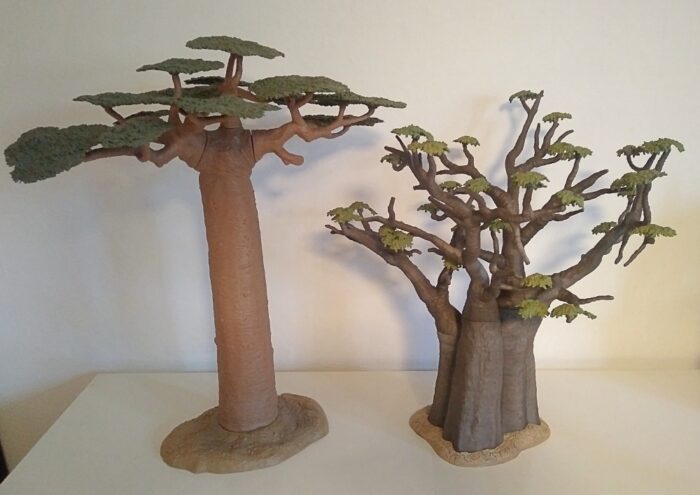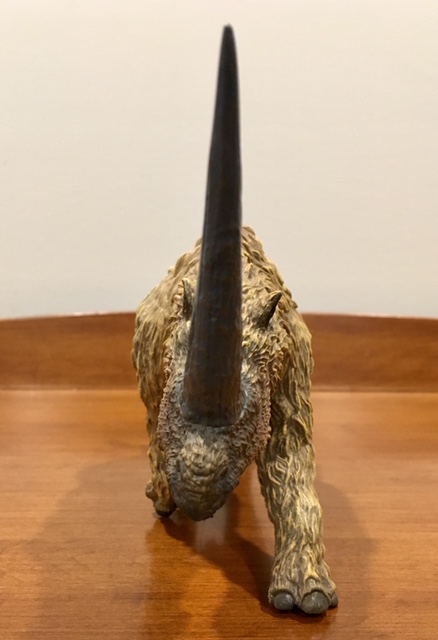The family of Baobabs is one of the most distinct and recognizable trees in the world. Eight species exist under the genus Adansonia, they are native to Subsaharaian Africa, Madagascar and Australia. The natural history of Baobabs is somewhat clouded and methods as molecular clocking yield debatable results.
Age: Pliocene
Review: American Mastodon (Wild Safari by Safari Ltd.)
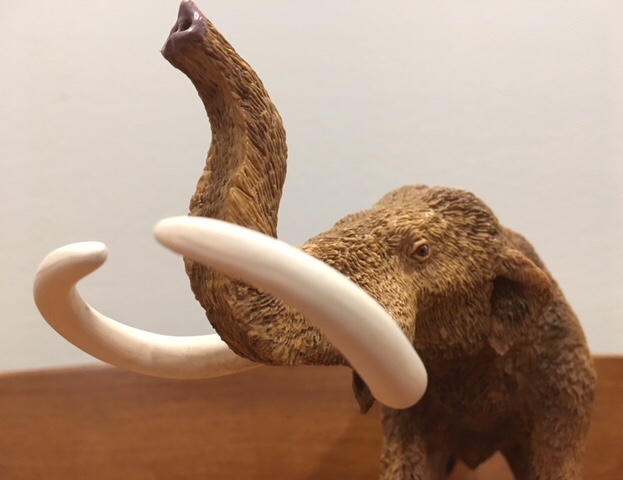
The American mastodon, Mammut americanum, is one of the very best-known prehistoric mammals. Many complete skeletons have been found throughout the North American continent, from this one-tusked male at the Royal Ontario Museum to this female and calf from the La Brea Tar Pits of California.
Review: Australopithecus (Paranthropus) boisei (Kaiyodo Dinotales Series 2)
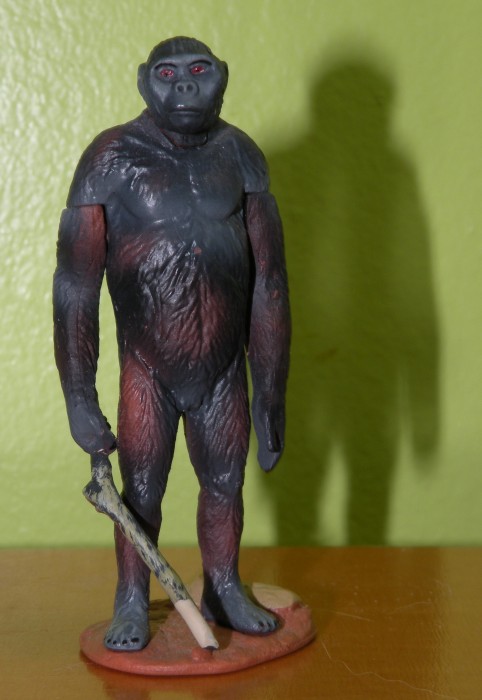
Review: Australopithecus male and female (Carnegie Collection by Safari Ltd.)

1974 was an important year in the understanding of human evolution. In the Awash Valley in Ethiopia, a set of bones were found that displayed ape and human characteristics, including bipedalism. This ‘missing link’ in human evolution was named Australopithecus afarensis, although the specimen itself was named Lucy, after the Beatles song “Lucy in the sky with diamonds”.
Review: Ceratogaulus (MPC)

A truly rare genus in the hobby to this day, MPC’s vintage figurine marks a bold move from a company most famous for its imitations – although the toy is perhaps showing its age with some design choices.
MPC (Multiple Products Corporation) is a well-known brand among experienced dinosaur collectors; their prehistoric line from 1961 and 1962 was widely sold through stores and catalogs for decades.
Review: Deinotherium (Bullyland)
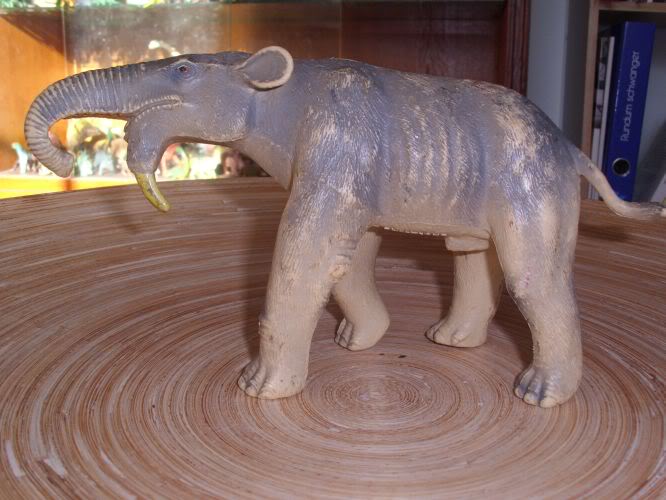
It is a highly sought after figure, not yet a myth, but quite close. This is due to the relatively little number of Deinotheriums that have been produced and delivered.
Deinotherium (“terrible beast”) was a large prehistoric relative of modern-day elephants that appeared in the Middle Miocene and continued until the Early Pleistocene.
Review: Deinotherium (Deluxe Collection by CollectA)
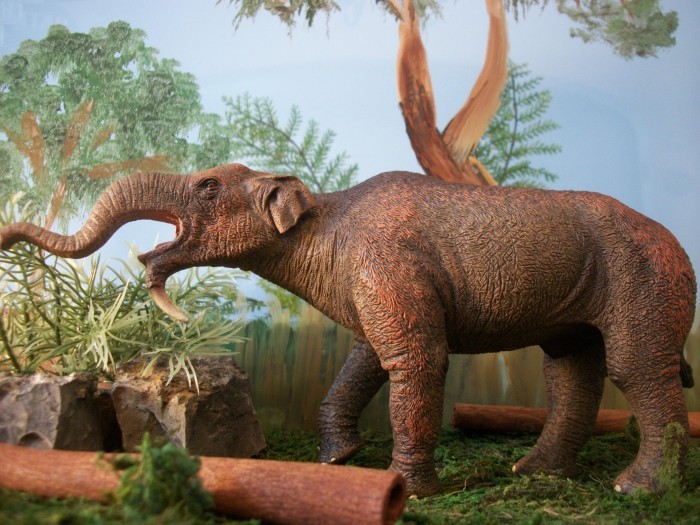
History: One of the biggest Proboscideans of all time lived during the Early Miocene through to mid Pleistocene, yet it is largely forgotten by the general public. The Woolly Mammoth gets all the attention and love, with appearances in film, literature, and in toy form. The family of Deinotheriidae feels ancient as it branched away from the current extant species of Elephants earlier than most of the other families.
Review: Deinotherium (Eofauna)
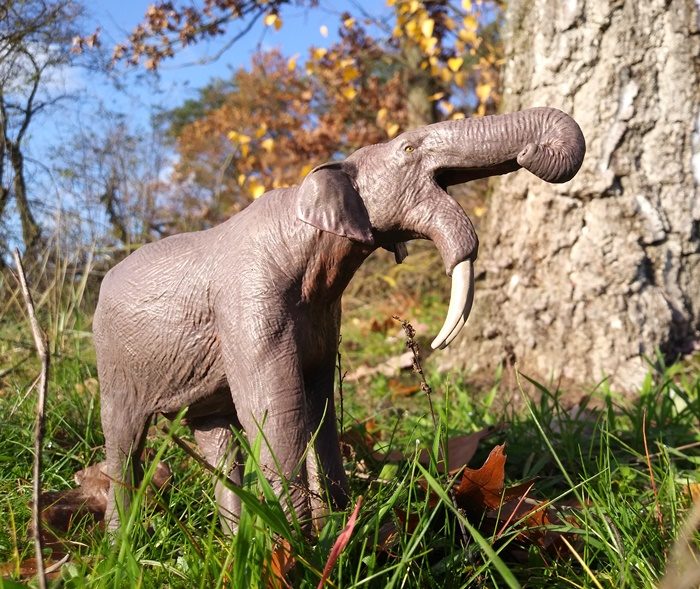
The pungent stench of masuclinity crawls along the edge of the forest. Leaves rustling softly as a vicious looking creatures ambles through the undergrowth. The young Deinotherium male looks up and hesitates as the potential adversary strides onto the grassy clearing. Much advanced in age and experience, the rival is much smaller then the young male, but also much bulkier.
Review: Deinotherium (Mojö Fun)

Review: Deinotherium (Starlux)
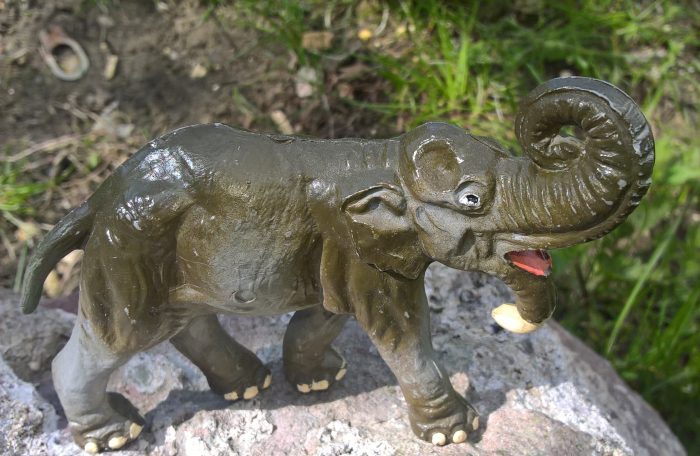
Once again I find myself returning to the origins of dinosaur figurines, Starlux, to look at another animal reproduced long before other companies got to it. This time, it’s Deinotherium, the terrible beast! A relative of modern elephants, this powerful probiscidian could grow to 13 ft tall and weigh as much as 11 tonnes (based on the largest species, D.
Review: Dromornis (Yowies Lost Kingdom)

Travelling through the wonderful world of Oz (as the Aussies tend to call their country) one sure plans some things before starting. I deceided to cramp a few toy figures into a box to take on the chance to shoot some of them in their “natural environment” – at least kind of, Australia sure changed a fair bit since most of the represented animals went extinct.

